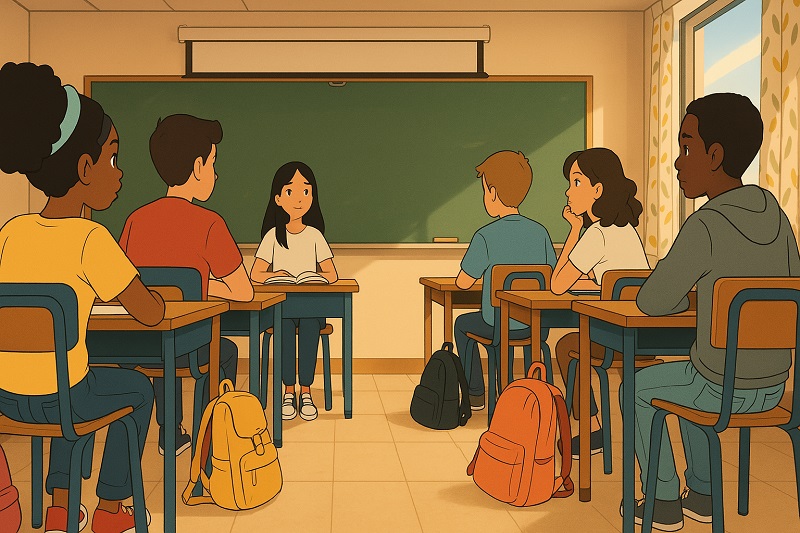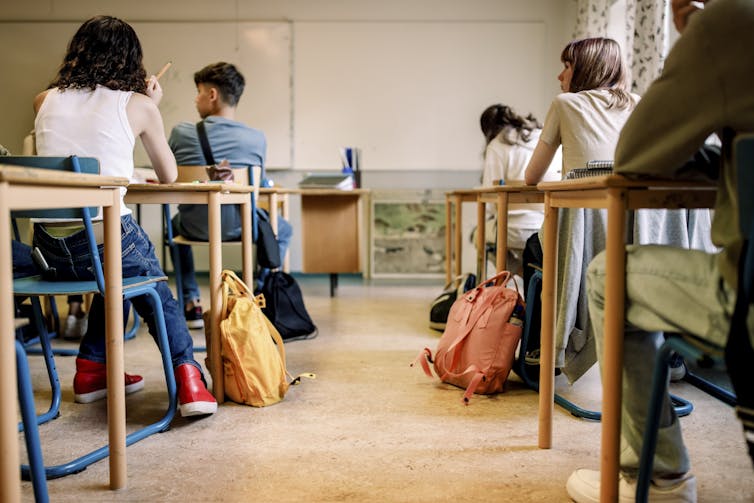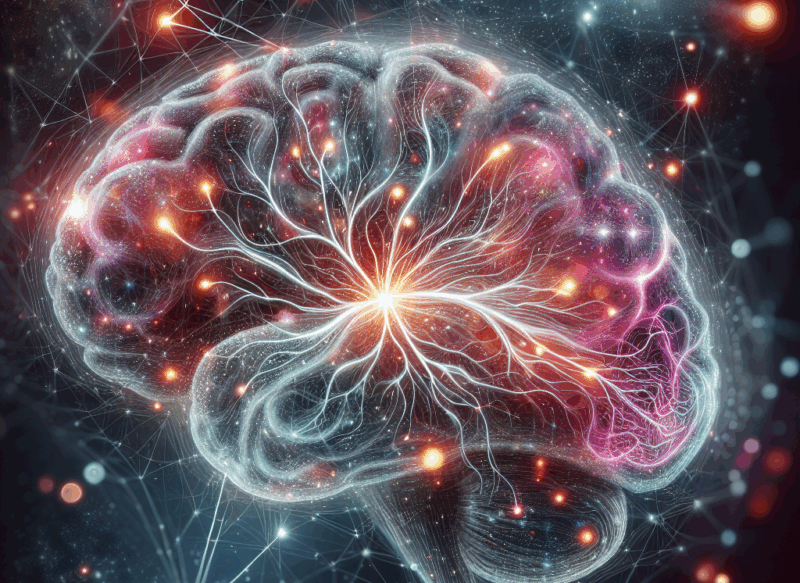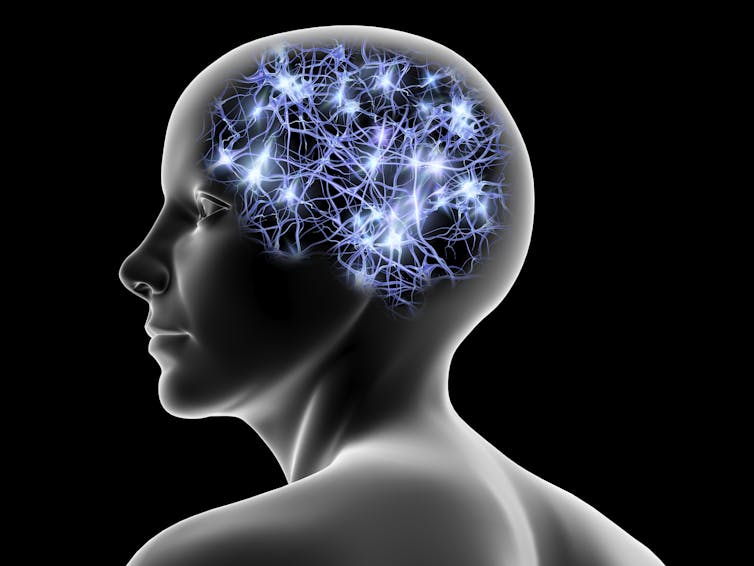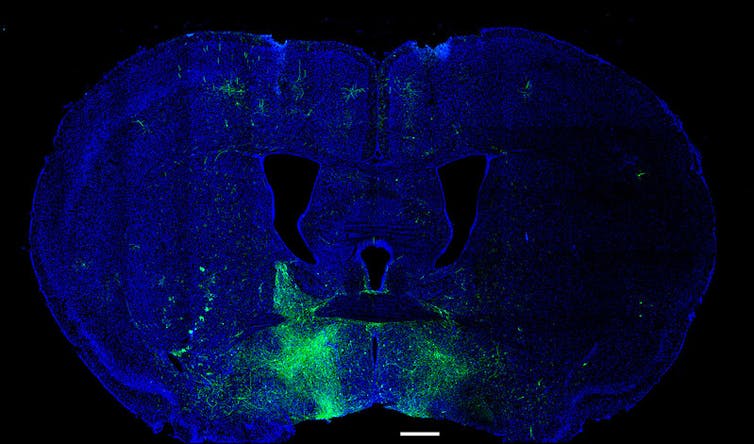
Jeff Fusco/The Conversation U.S., CC BY-NC-SA
Kate Kilpatrick, The Conversation
In Philadelphia, fatal overdoses are the No. 3 cause of death after heart disease and cancer. That’s been the case each year since 2016, except in 2020 and 2021 when COVID-19 deaths outpaced overdose deaths. The vast majority of fatal overdoses in Philly involve the synthetic opioid fentanyl.
Data on overdose deaths in Philly in 2024 is not yet available. However, new research shows that drug deaths are dropping in all 50 states and the District of Columbia.
Still, opioid overdose deaths in Philadelphia remain what public health researchers call a “wicked problem.” These are complex, multifaceted challenges that are constantly changing and have no clear solution.
The Conversation U.S. published several articles over the past year that sought to untangle various threads of this wicked problem in Philadelphia. Here are four essential reads.
1. Overdose deaths down – but still high
Philadelphia’s 7% drop in fatal overdoses in 2023 is notable. Still, opioid use disorder claimed the lives of over 1,100 residents that year – more than three times as many lives as 10 years earlier.
Ben Cocchiaro, assistant clinical professor of family medicine and community health at Drexel University, explains one likely reason why overdoses in Philly spiked in the first place: the unpredictable potency of the city’s street fentanyl supply.
“Local drug-testing efforts found as much as a fiftyfold difference in potency between bags of fentanyl that appear identical,” Cocchiaro writes. “It’s like cracking a beer and not knowing whether drinking it will get you mildly buzzed or send you to the graveyard.
2. ‘Tranq’ wounds proliferate
Forensic testing has revealed that over 90% of street heroin and fentanyl samples in Philly now contain xylazine, an animal tranquilizer with no FDA-approved use in humans.
Rachel McFadden is an emergency room nurse at the Hospital of the University of Pennsylvania and also works at a walk-in clinic in North Philadelphia that serves people who use drugs. Before xylazine, she says, most of the wounds she saw were minor skin infections that she treated with antibiotics.
But that changed in late 2019.
“Participants at the wound care clinic started to come in with a different kind of wound. They were filled with black and yellow dead tissue and tunneled deep into the skin. They were not wounds from infection but rather from tissue death or necrosis,” McFadden writes.
McFadden explains the protocol for treating these serious wounds, which involves removing the dead tissue, administering antimicrobials and antibiotics for the inflammation and infection, and keeping the wound moist and dressed. She says it’s also important that people’s other basic needs, including food, shelter and a place to shower, are met so they can properly heal.
3. A new treatment for withdrawal
The combination of fentanyl and xylazine in Philly street opioids has made withdrawal symptoms far more excruciating than those experienced by heroin users in the past.
That’s according to Kory London, an emergency room doctor and associate professor of emergency medicine at Thomas Jefferson University. London says these withdrawal symptoms lead many patients who are addicted to opioids to discharge themselves from the hospital before their treatment is complete.
“Patients with opioid use disorder will often do whatever they can to stay out of the hospital due to fear of withdrawal,” he writes. “Asking how withdrawal symptoms are managed, therefore, is often their first priority when hospitalized. We see this even when they have conditions that require complicated and time-sensitive treatments.
Beginning in 2022, London and colleagues began experimenting with new approaches to treating “tranq” dope withdrawal in Philly. The new protocols reduced the likelihood of these patients leaving early by more than half – from 10% to just under 4%.
4. Industrial chemical BTMPS has unknown risks
Philadelpha’s public health department has issued health alerts about xylazine and medetomidine becoming more prevalent in the city’s street opioid supply.
Researchers Karli Hochstatter and Fernando Montero at Columbia University are part of a team that tests fentanyl samples collected in the Kensington neighborhood of Philadelphia each month. Those tests have turned up a new adulterant: an industrial chemical known as BTMPS that is used in making plastics.
“We first detected BTMPS in Philadelphia in June 2024. We found it in two of the eight samples – 25% – that we collected that month. By November 2024, 12 of 22 samples – or 55% – contained BTMPS,” Hochstatter and Montero write. “What’s more, the amount, or concentration, of this industrial chemical in the drug samples often exceeded the amount of fentanyl.”
BTMPS has not been studied in humans, but rat studies reveal exposure – at far lower levels than what is found in the Philly fentanyl samples – can cause heart defects, serious eye damage and death.
This story is a roundup of articles from The Conversation’s archives.
Read more of our stories about Philadelphia.![]()
Kate Kilpatrick, Philadelphia Editor, The Conversation
This article is republished from The Conversation under a Creative Commons license. Read the original article.


















